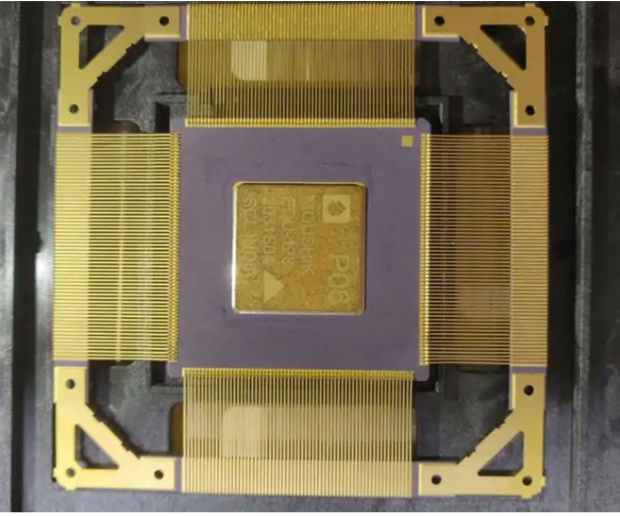The tech is not exactly state of the art. The chip will be fabbed using a 180nm process and named Moushik. It uses a 32-bit Shakti E-class core and can run at between 75Mhz and 100MHz.
Its motherboard has Arduino-compatible headers, so can work with various daughter-cards, and GPIO and UART support. “In addition the motherboard also has switcher ICs which enable power conversion across a large variety of voltages”, the team adds, “thus enabling a variety of peripherals to be interfaceable with the motherboard. The PCB is a four-layer motherboard with an input power of 12 volt at two amps”.
All this is geared to IoT and embedded applications.
The move is seen as a step to grow India's capacity to build other silicon as the country wants to become an electronics manufacturing powerhouse.




